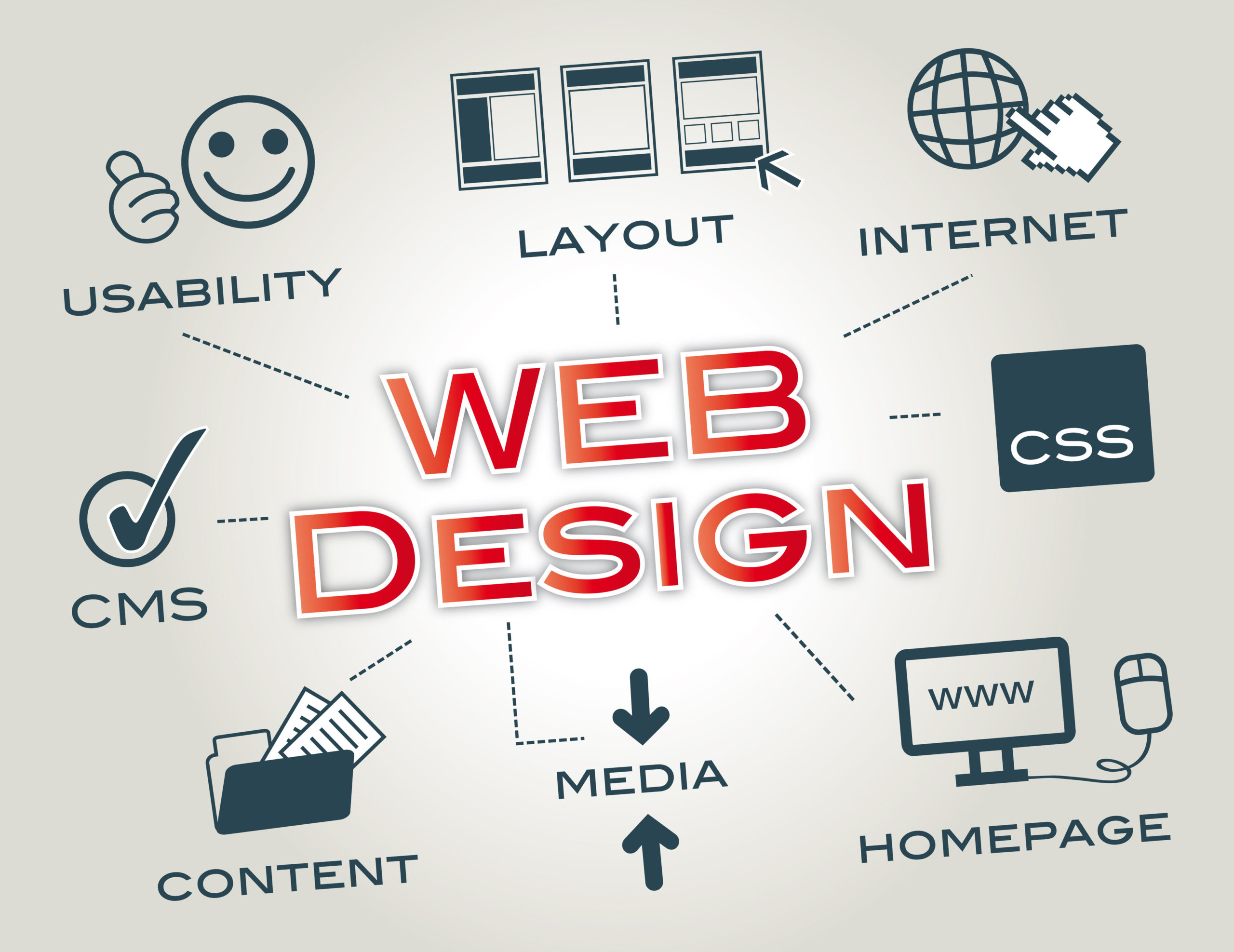A Comprehensive Guide to Finest Practices in Internet Design for Improved Customer Experience
In the realm of website design, comprehending user requirements is paramount for developing reliable electronic experiences. A well-structured approach that stresses receptive design, user-friendly navigation, and a solid aesthetic hierarchy can significantly improve user engagement. Additionally, maximizing web page load speed is pivotal in conference and exceeding customer assumptions. As we explore these finest techniques, it comes to be noticeable that each aspect plays a critical function in the overall individual experience. The concern stays: what details approaches can be executed to make certain these principles are flawlessly integrated right into your layout process?
Comprehending Customer Requirements
Comprehending user needs is essential to effective website design, as it directly affects individual experience and interaction. A thorough understanding of target market enables designers to create web sites that reverberate with users, fostering a feeling of link and satisfaction (Web design agency). To attain this, designers have to participate in user research study, making use of methods such as surveys, meetings, and usability testing. This information collection offers understandings right into individual preferences, behaviors, and discomfort points.

Relevance of Responsive Style
Receptive style is vital in today's digital landscape, where users gain access to sites across a myriad of devices with differing screen sizes. As mobile phone usage continues to climb, ensuring that a web site gives an optimum viewing experience on smart devices, tablets, and desktop computers is necessary. A responsive design adjusts the layout and material based on the customer's tool, permitting for smooth navigating and readability.
A receptive internet site can improve presence, leading to boosted website traffic and individual engagement. Additionally, a constant customer experience across gadgets develops brand reputation and fosters user loyalty.
Additionally, executing responsive style can result in lowered growth and upkeep prices. Rather of producing several variations of a site for various gadgets, a single responsive website simplifies updates and material administration. This performance not only saves time yet additionally makes sure that customers receive one of the most current details despite just how they access the website.
Simplifying Navigation

To achieve streamlined navigating, web developers need to prioritize a rational hierarchy of material. Making use of descriptive tags for food selection things can help users comprehend the function of each area at a glance. Furthermore, minimizing the number of menu products lowers cognitive lots, allowing customers to concentrate on one of the most crucial aspects of the site.
Integrating a search feature is additionally valuable, as it provides users with a direct route to details web content. Inevitably, simplified navigation not only boosts customer contentment but likewise contributes to achieving wider business objectives by great site increasing conversion rates and decreasing bounce rates.
Enhancing Visual Hierarchy
Exactly how can designers develop a visual pecking order that guides individuals via web content seamlessly? The answer hinges on the critical use of design elements that guide focus and help with comprehension - Web design agency. Developing a clear aesthetic hierarchy begins with the efficient application of size, color, and comparison. Larger aspects normally draw the eye, making them optimal for headings and essential messages. Incorporating a constant color scheme can even more enhance emphasis, as contrasting shades highlight vital information while preserving a natural aesthetic.
In addition, making use of whitespace is critical in producing breathing space around material. This not just stops frustrating the user but additionally highlights important components, making them stand apart. Typography additionally plays a considerable role; employing differing typeface weights and designs can set apart in between primary and additional info efficiently.
In addition to these methods, aesthetic cues such as arrowheads or icons can lead customers through the user interface, strengthening the desired circulation of details. By thoughtfully combining these elements, designers can create a compelling visual power structure that enhances customer experience, making sure that vital content is quickly obtainable and recognized. This mindful orchestration of layout aspects inevitably cultivates a more intuitive interaction with the site.
Maximizing Web Page Tons Rate
In the hectic digital landscape, maximizing page lots rate has actually become a crucial aspect in individual complete satisfaction and retention. Research study suggests that customers expect website to load within 2 seconds; any hold-up yet threshold can cause boosted bounce rates and decreased conversion opportunities.
To enhance lots speed, begin by decreasing HTTP requests, as each request includes in the filling time. Utilize methods such as CSS sprites to incorporate several images into one, lowering the number of demands. Enhancing photos with compression like this and the usage of contemporary More hints styles like WebP can dramatically lower documents sizes without compromising quality.
Carrying out web browser caching also plays an important duty in enhancing web page rate. By saving regularly accessed documents in your area on a customer's device, succeeding brows through can fill practically immediately. In addition, take into consideration leveraging Content Shipment Networks (CDNs) to distribute material closer to customers, decreasing latency.
Final Thought
To conclude, effective website design focuses on user demands with precise research study, fostering intuitive and receptive user interfaces. By streamlining navigation, boosting visual power structure, and enhancing web page lots speed, designers produce interesting and easy to use websites. Following these ideal practices not just enhances individual contentment however additionally cultivates commitment and raises general involvement. Eventually, a commitment to these principles is necessary for creating effective digital experiences that satisfy the progressing assumptions of customers in a competitive on-line landscape.